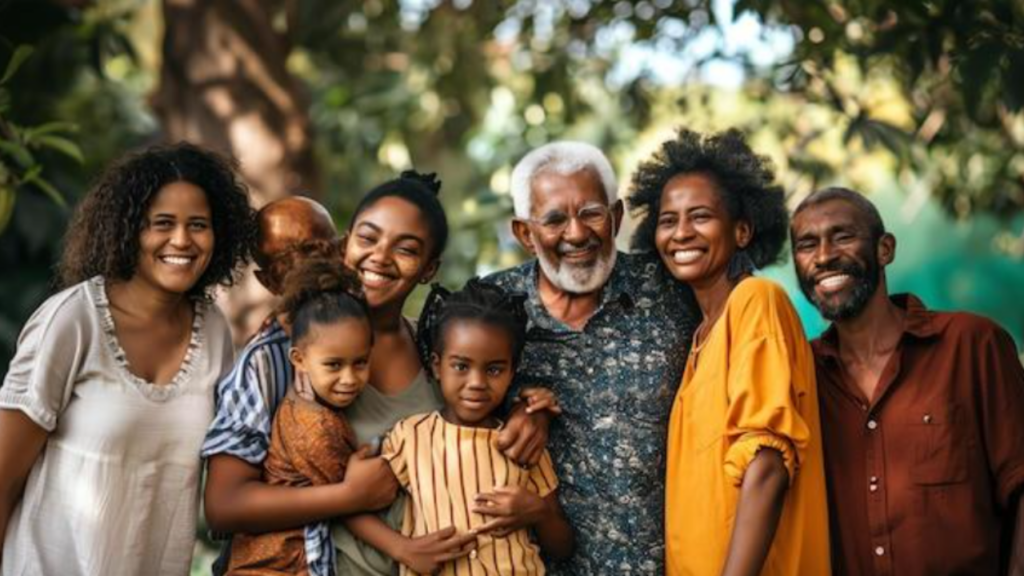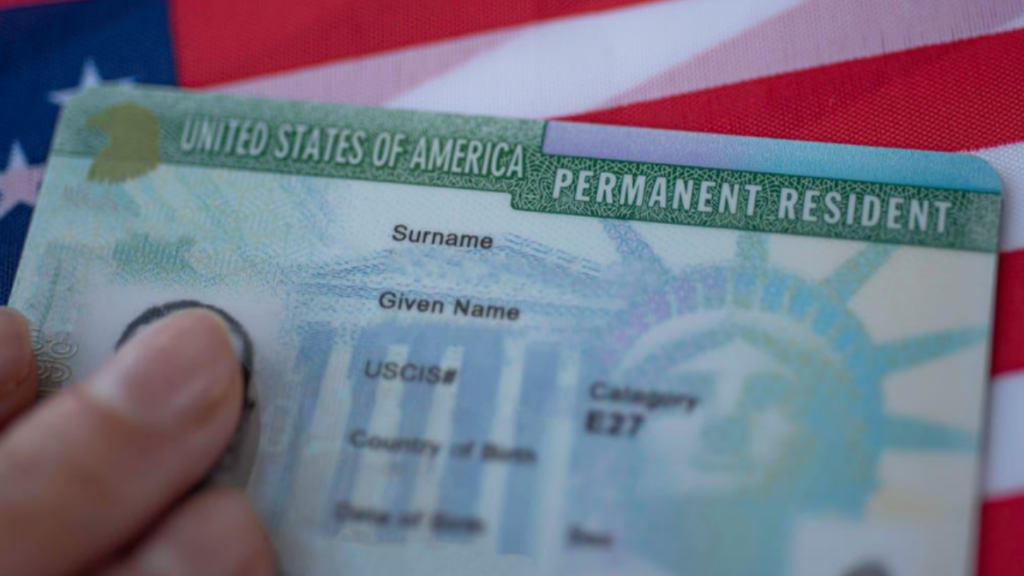Family reunification is a core principle of the U.S. immigration system, allowing American citizens and lawful permanent residents (green card holders) to sponsor their close relatives for green cards. This process can be complex, with various visa categories and specific requirements. In this comprehensive guide, we’ll explore who can petition for family members, the different types of “immediate relatives,” and the typical processing times involved.
The ability to reunite with family members is a fundamental aspect of the immigration system in the United States. For many individuals, the opportunity to bring their loved ones to the country and provide them with the chance to establish permanent residency is a crucial goal. However, navigating the complexities of family-based immigration can be a daunting task, with numerous requirements and procedures to navigate. In this article, we will delve deeper into the intricacies of the family-based immigration process, shedding light on who can petition for their relatives, the various categories of “immediate relatives,” and the expected timelines for the different application types.

Who Can Petition for a Family Member to Come to the United States and Get a Green Card?
The Family-Based Immigration program allows U.S. citizens and lawful permanent residents (LPRs) to petition for their eligible family members to obtain permanent residency (green cards) in the United States. The two main categories of petitioners are:
U.S. citizens can petition for the following family members:
- Spouses
- Unmarried children (under 21 years old)
- Married children of any age
- Parents (if the U.S. citizen is 21 or older)
- Siblings (if the U.S. citizen is 21 or older)
LPRs can petition for the following family members:
- Spouses
- Unmarried children of any age

Who is Considered an “Immediate Relative?”
Within the Family-Based Immigration program, there is a category of “immediate relatives.” These individuals are not subject to numerical visa limitations, meaning their green card applications can be processed more quickly than other family-based categories.
The immediate relative categories include:
- Spouses of U.S. citizens
- Unmarried children (under 21 years old) of U.S. citizens
- Parents of U.S. citizens (if the U.S. citizen is 21 or older)
As explained above, these individuals are not subject to numerical visa limitations. Meaning they can immediately start the green card process and do not have to wait for their priority date to become current. You can learn more about priority dates and the visa bulletin on our website: BREAKING DOWN THE COMPLEXITIES OF THE VISA BULLETIN: WHAT YOU NEED TO KNOW
What is the process for getting a green card for a family member of a U.S. citizen?
The first step in the process is filing the I-130, Petition for Alien Relative. This petition is filed with USCIS and establishes the relationship between the Petitioner (US Citizen or Permanent Resident) and their family member.
The remaining process will depend on where the immigrant family member is located. If he/she is in the US, they must file an I-485, Application to Register Permanent Residence or Adjust Status. Otherwise, if the immigrant family member is abroad, they must go through the consular processing process to obtain their immigrant visa. This process is done through the National Visa Center (NVC) and the US consulate abroad.
How Long Does the Family-Based Immigration Process Take?
The processing times are ever changing and vary significantly depending on the specific visa category and the applicant’s country of origin. The following is a general overview of typical processing times.
Immediate Relatives: Petitions for immediate relatives of U.S. citizens typically have the shortest processing times than other categories. However, the estimated timeframe will depend on the location of the immigrant family member.
For those that are currently in the US and concurrently filed the I-130 and I-485, the processing time varies from 12 – 16 months. For those going through the consular processing process, the process can take 14 –20 months. Obtaining a visa appointment at the consulate has been the primary delay in the processing of consular processing cases.
Family-Sponsored Preferences: Due to numerical visa limitations, Applications for other family-sponsored categories take much longer. Thes relatives must first have the I-130 petition approved and their priority date must be current within the visa bulletin before they can obtain their green card.
Categories such as unmarried adult children of U.S. citizens or spouses and children of lawful permanent residents, can take significantly longer. It often takes 2 years or more for the I-130 to get approved. After which, they must wait for the priority date to become current. This can take many more years depending on the immigrant’s nationality.
It’s important to remember that processing times are subject to change and can be impacted by various factors, such as government processing backlogs, changes in immigration policies, and the applicant’s country of origin. USCIS does provide estimated processing times on their website, which can be helpful when determining the estimated timeframe: https://egov.uscis.gov/processing-times/.
What documents are needed to petition for a family member?
The required documents for a family-based green card petition typically include the completed Form I-130 (Petition for Alien Relative), proof of the petitioner’s U.S. citizenship or lawful permanent residency, and documentation demonstrating the familial relationship (e.g., marriage certificate, birth certificates). The specific documentation requirements can vary depending on the type of familial relationship.
Can more than one U.S. family member petition for the same immigrant?
Yes, in certain cases, multiple U.S. citizen or LPR family members can petition for the same immigrant. However, the immigrant can only use one approved petition to apply for a green card.
Can I Sponsor more than one family member?
Yes, a US citizen or LPR may file for multiple family members. However, it is important to consider the Petitioner’s ability to support the immigrants. You can find more on this matter on our website: I-864, AFFIDAVIT OF SUPPORT
What if the family relationship changes during the process?
If the family relationship changes, such as a divorce or the death of the petitioner, it’s important to consult with an attorney, as the change could impact the immigrant’s eligibility and the processing of the green card application. There are still some instances where the immigrant can still obtain a green card; however, it depends on may factors.
Can family members be denied a green card?
Yes, family-based green card applications can be denied for various reasons, such as the petitioner’s inability to demonstrate sufficient income or assets, the applicant’s inadmissibility due to criminal history, or inconsistencies in the submitted documentation. Seeking professional legal advice can help identify potential roadblocks and develop strategies to address them effectively.
Conclusion:
Navigating the complexities of family-based immigration in the United States requires a comprehensive understanding of the process, requirements, and potential challenges. As family reunification stands as a cornerstone of US immigration policy, the opportunity to bring loved ones together and facilitate their path to permanent residency is a significant goal for many individuals. However, this journey involves thorough preparation, documentation, and adherence to specific procedures.
Our experienced immigration team is dedicated to providing comprehensive legal services to assist individuals and families in the process of reuniting with their loved ones in the United States. From petitioning for your family member to ensuring a successful green card application, we’re here to guide you every step of the way. If you have questions or need more information, please contact me at cprescott@patellegal.com or 972-650-6848.